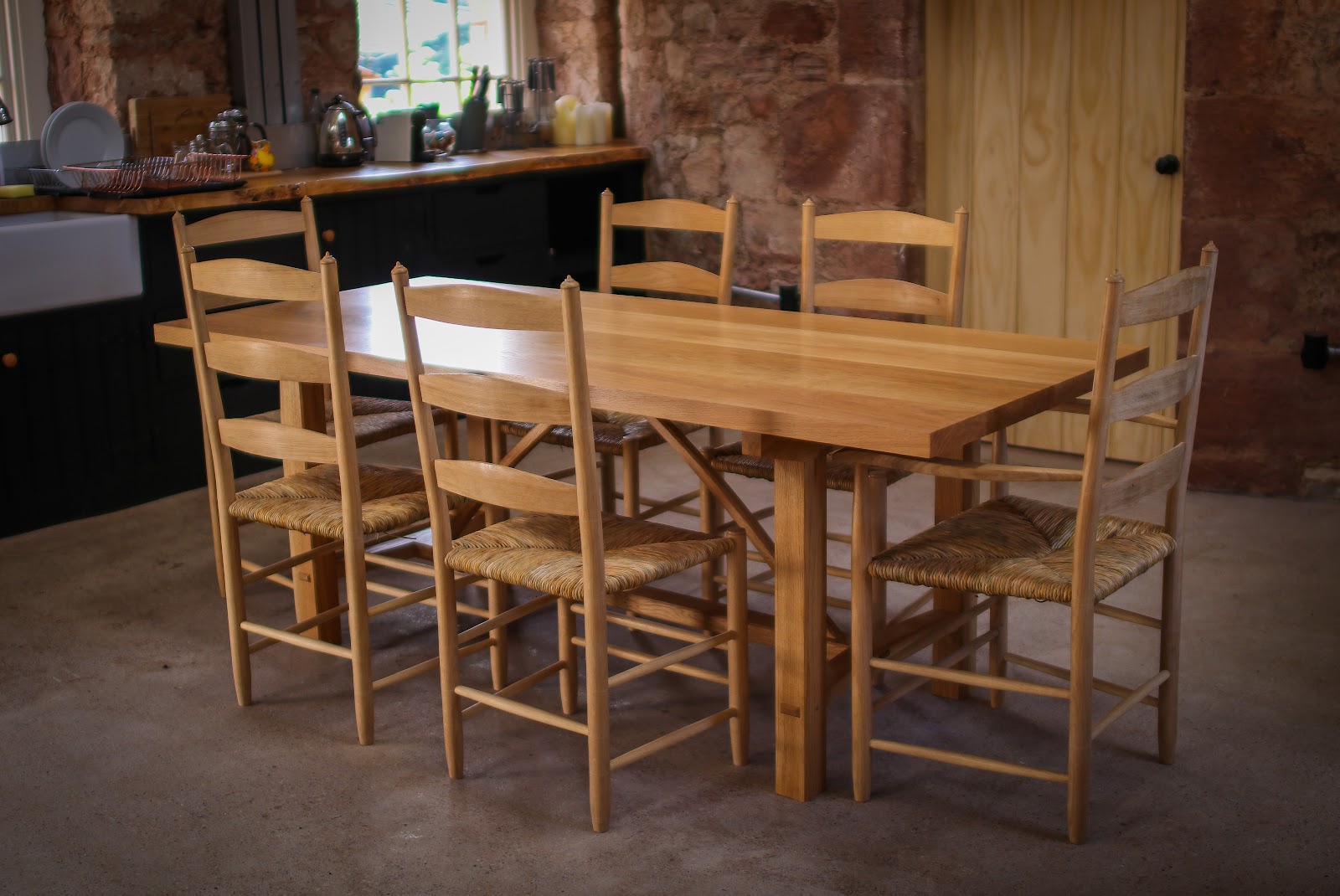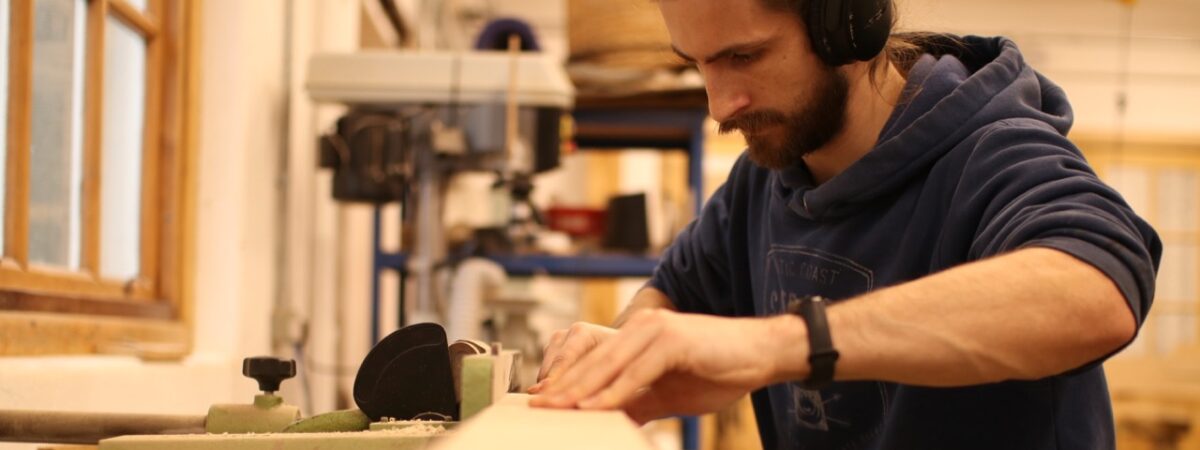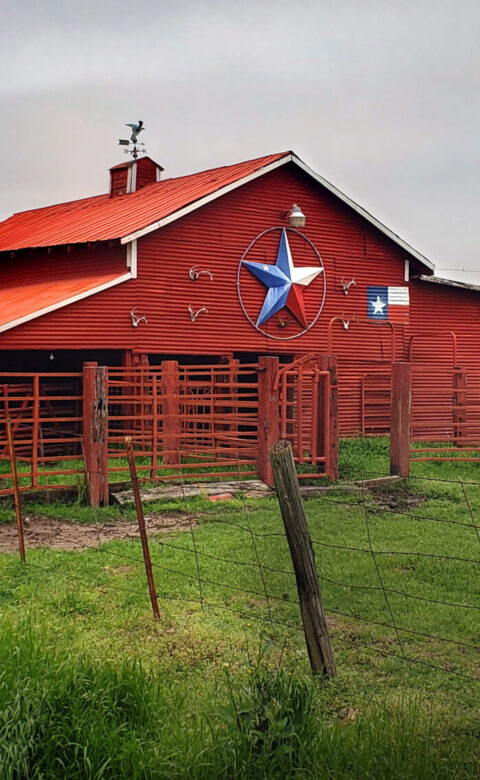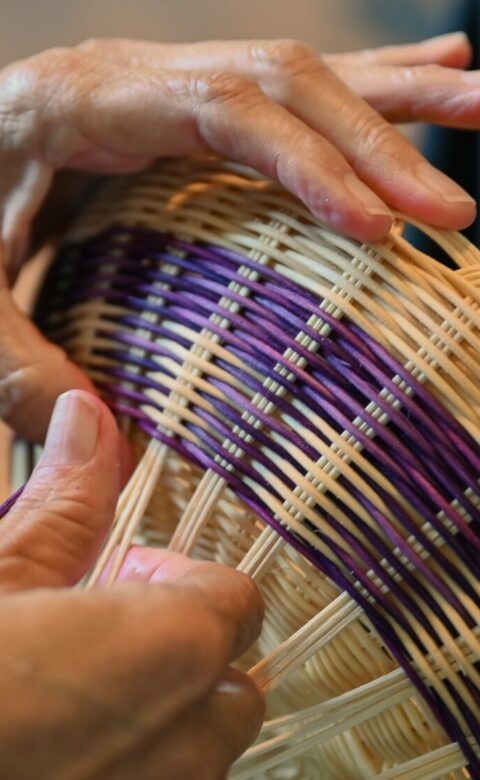On the edges of the Marchmont Estate in the Scottish Borders sits a major arts and crafts centre that is reviving the UK’s craft heritage. Funded by the late philanthropist Hugo Burge, the collection of workshops includes that of chairmakers Sam Cooper and Richard Platt. During seasonal Makers Markets, visitors can gain a unique insight into their process, one that represents a history of furniture making that dates back centuries.
To step into Cooper and Platt’s workshop is to be embraced by busy orderliness. Parts of what will later become a whole chair sit partially finished. Smooth back slats. The curved twist of a leg. Shavings and wood dust powder the floor. There’s the hum of the bandsaw or, much quieter, the consistent scrape of chisel and gouge against wood. Just outside, logs of ash and oak sit beneath an awning. Metres of rush are piled up in spindly bouquets, drying out before they are ready for weaving.
Cooper and Platt met in 2018, when they responded to an apprenticeship opportunity with master chairmaker Lawrence Neal. Separately, both had long held an interest in crafting, as childhoods and teenage years spent wood-carving spoons, guitar-making and bowl-turning testify. A popular story in Platt’s family is the time he was given a junior hacksaw on his fourth birthday. “I’ve always wanted to make things that are meant to be used”, says Cooper.
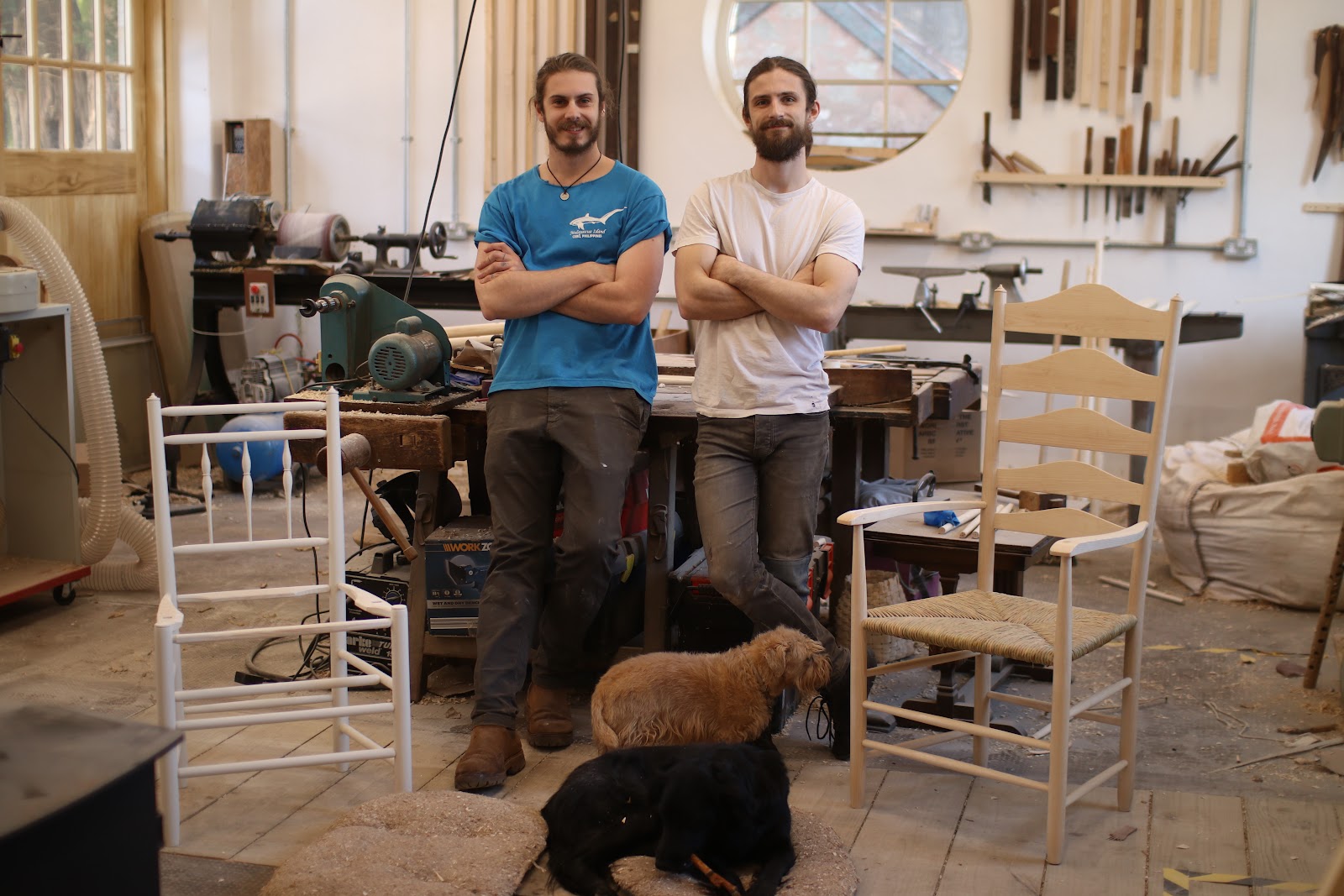
It was the chance to revitalise an endangered craft, however, that really inspired them both. The history of the rush seated ladder-back chairs that they make (so-called because of the ladder-like horizontal slats of wood at their backs) is closely tied to the beginnings of the British Arts and Crafts movement. In the nineteenth century, at a time of rapid industrialisation, this organisation argued for the need to maintain the connection between maker and product. Visionaries such as Ernest Gimson (1864–1919) and Philip Clissett (1817–1913) raised the position and status of chairs as both functional and beautiful craft objects. Today, their designs sit in homes and museums internationally.
As the mechanisation of furniture mass production took hold, and a global market opened up to offer cheap materials, Gimon and Clissett’s local, slow and laborious process of chairmaking became less popular. By 2018, Neal was the last full-time rush-seated chairmaker left in the UK. The knowledge accumulated over generations was in danger of ending with him.
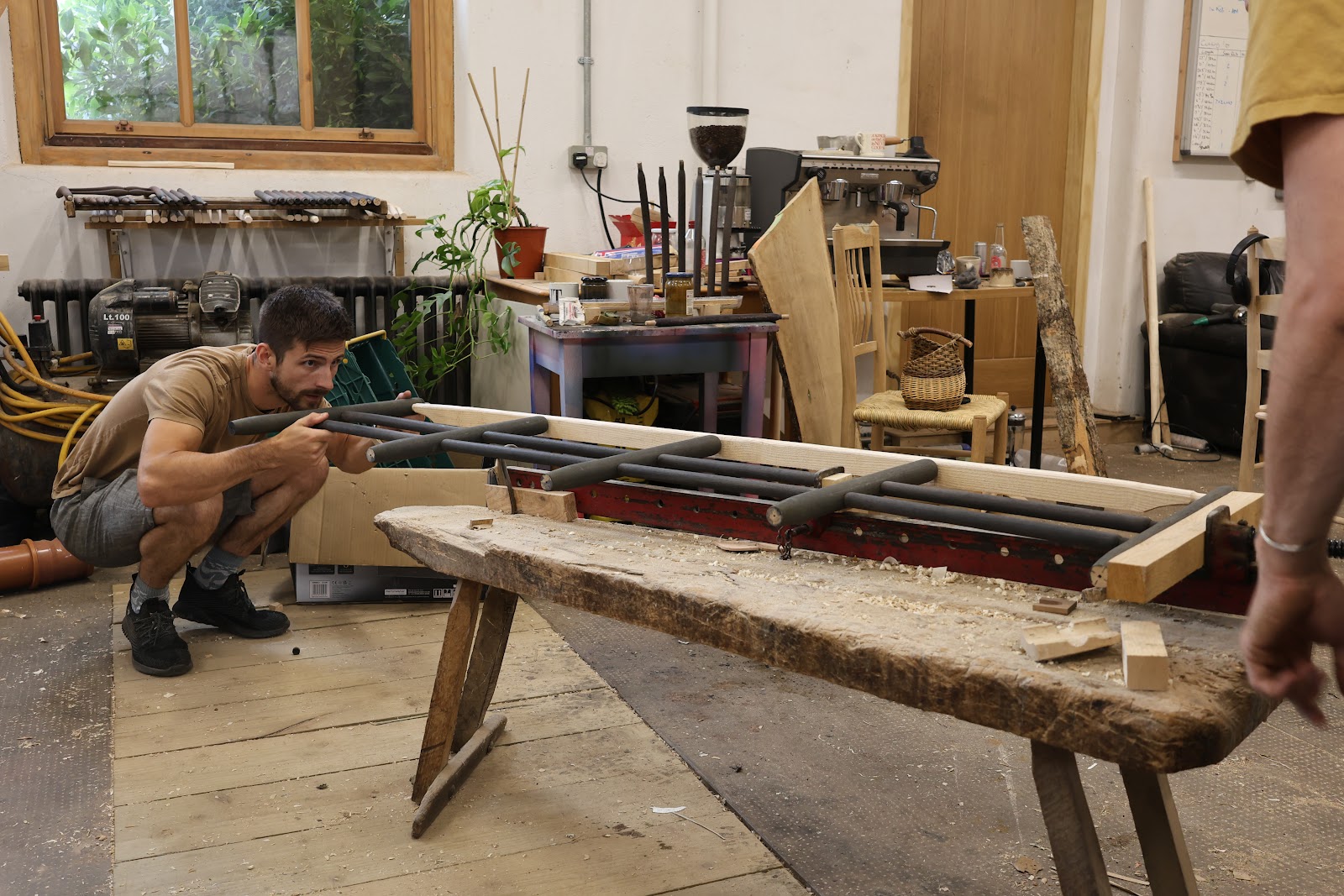
Over two years Cooper and Platt were taught what Neal had learnt over a lifetime of chairmaking. The apprenticeship had its challenges. Initially, much of Cooper and Platt’s creative output met the fate of the burn pile. Weaving rush consistently took a long time to grasp. Nothing had been written down, there were no precise measurements or instruction manuals. Neal had embodied this knowledge over time through an oral tradition that was passed on to the two young men. As Cooper notes, it’s now their responsibility to ensure its future survival. “We’re custodians of this craft. Eventually, we want to pass that knowledge on to a generation beyond us as well”.
Cooper and Platt use methods and techniques that would have been practised over a century ago. The way they work follows the central tenet of the original Arts and Crafts Movement, maintaining a strong relationship between the makers and the results of their labour. Each chair is made without computerised machinery and finished by hand. Platt sums up with elegant simplicity the flow state that comes from working slowly and meaningfully: “There’s a peacefulness that comes from setting up with an empty chair frame in the morning and twisting and weaving with complete focus until, at the end of the day, you have a completed chair.” Unlike the uniformity that happens on a mechanised production line, each chair is unique. Even after working together for five years, a chair made by one of them will be ever-so-slightly different to one made by the other.
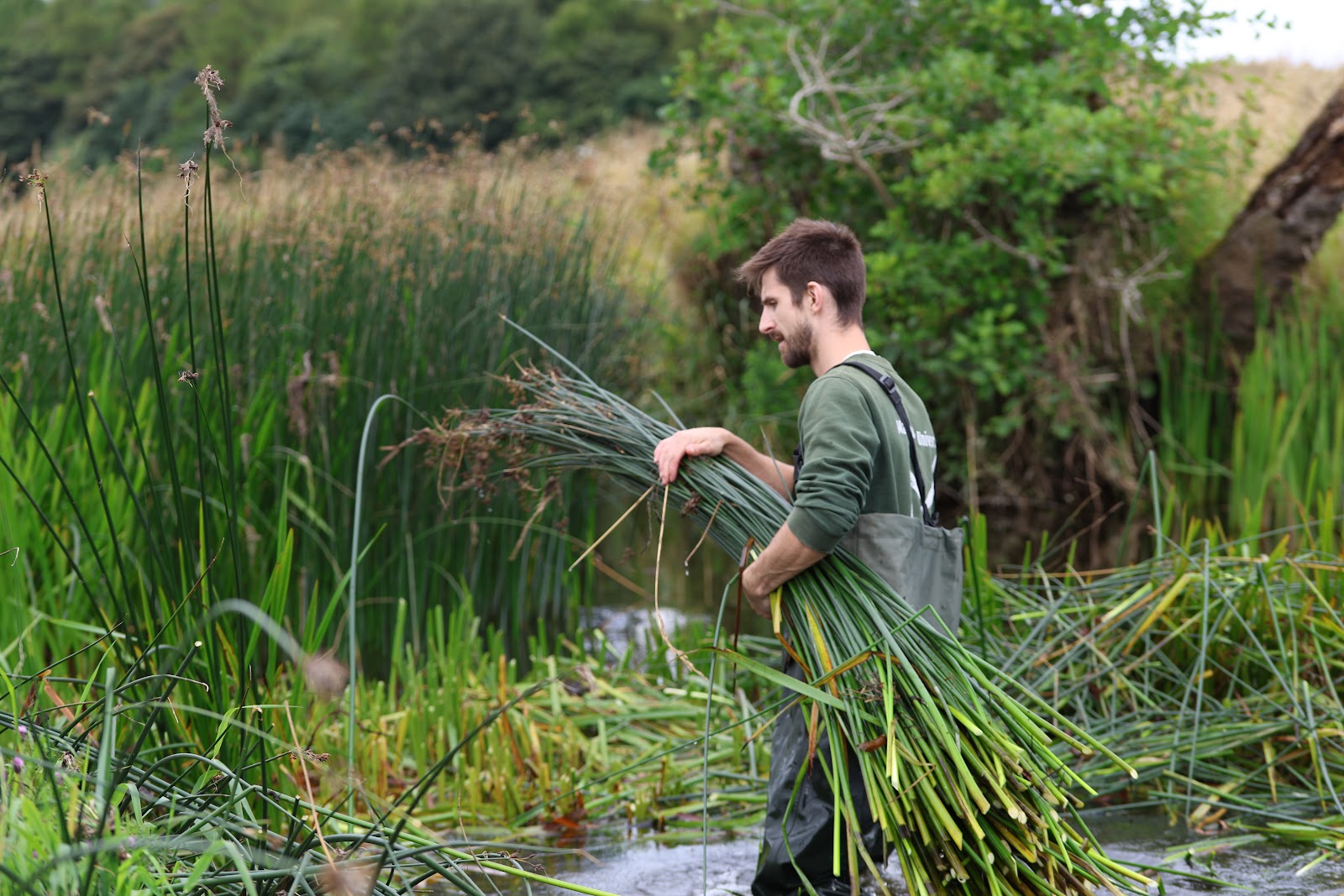
The materials the pair use reflect the deep respect they feel for their local landscapes. Everything is sourced from within the UK. The ash comes from the Marchmont Estate, the oak from local sawmills. Throughout the heavy heat of midsummer, they travel down south, to harvest the rush from rivers in Northumberland and the English Midlands. Wading up to their chests, they cut the 8-foot-tall rushes with scythes, before carrying them, heavy and waterlogged, onto the banks to start the drying process. The closeness that they feel to their materials is palpable, as Platt illuminates. “Because Sam and I do every single process involved in making these items of furniture, save for cutting down the tree, I get the privilege of being able to look at the log on the ground outside and know that in a couple of weeks that log will be a set of eight chairs, going off to their new home.”
The chairs that Cooper and Platt make, like those made by Clissett, Gimson and Neal before them, will last the owner’s lifetime and beyond. Occasionally, someone will drop a chair by one of the old masters at the workshop for repair. A chair that has been inherited, that has been treated as a comfortable seat, a functional object, but also appreciated as any work of art would be. Cooper smiles. “That’s what I love making, chairs that I know are going to be used and passed down and outlast us.”
